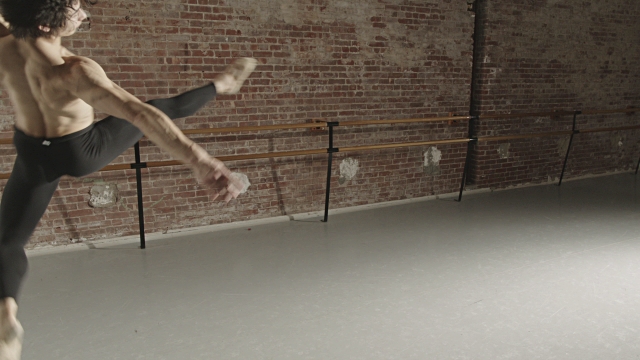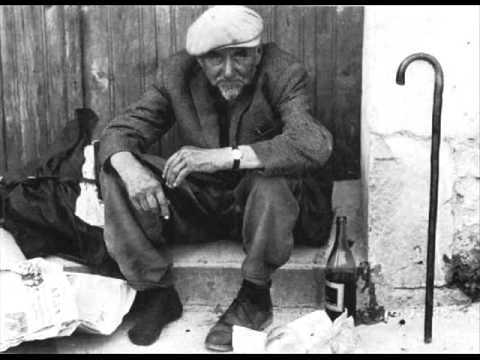I have been watching videos of professionals dancing with students – and in particular my own teachers. From those videos I take stills. And even in the stills it is staggeringly obvious who the professionals are.
To me that’s intriguing – they don’t even have to be moving to show the world that they are a great tango dancer.
So what does this mean? I think it shows the importance of
- Precision
- Posture
- Line
- Expression
Lets take a simple side step. Surely I can manage one of those?
 When Joao makes this side step you know exactly what it is – and that this is the point of the moment, His torso sits firmly on the triangle of that expressive definite step – everything is strongly connected to the floor. The lines are precise and he is totally grounded. Even though he is of course in motion.
When Joao makes this side step you know exactly what it is – and that this is the point of the moment, His torso sits firmly on the triangle of that expressive definite step – everything is strongly connected to the floor. The lines are precise and he is totally grounded. Even though he is of course in motion.
A definite expressive sense of the moment – it is this – it is a side step.

And the same with Kirsty – she is showing the world what a side step is.
Clean lines, definite, precise.
I find it amazing that great dancers – in motion – can be frozen in time and they still express exactly the nature of Tango. They show components as they move from axis to axis – always showing the world – and their partner – what Tango is.
- Precision
- Posture
- Line
- Expression
That’s the next year of practice sorted out then!











